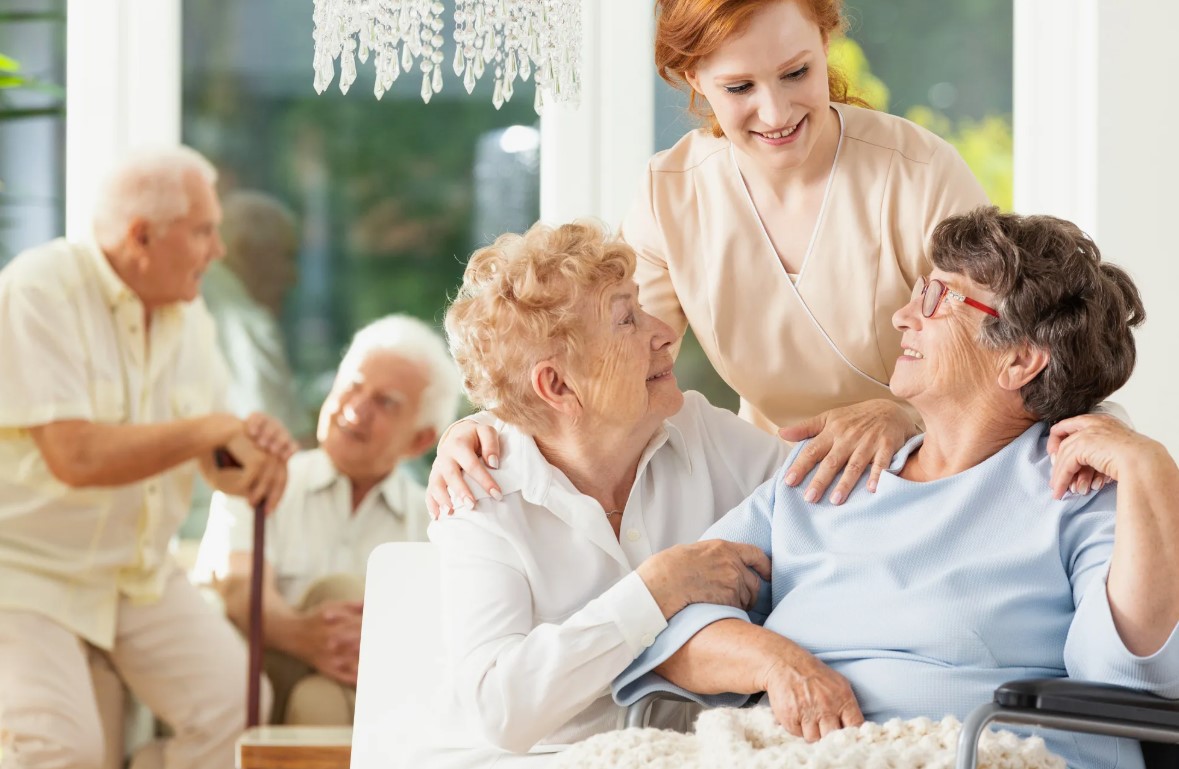
Falling is one of the leading causes of injury among older adults, often resulting in severe consequences such as fractures, loss of independence, and a diminished quality of life. Understanding the reasons behind their increased susceptibility and implementing effective prevention strategies can greatly reduce these risks. This article explores why falls are so common among older adults and provides actionable insights into keeping them safe.
The Age-Related Changes That Increase Fall Risks
As people age, their bodies undergo various physiological changes that can affect balance, mobility, and reaction time. These factors play a significant role in why older adults are more prone to falls. Declining muscle strength, known as sarcopenia, leads to weaker legs, making it difficult to stabilize oneself during sudden movements. Visual impairments, such as cataracts or macular degeneration, limit depth perception and the ability to spot hazards. Inner ear problems or neurological conditions often result in balance issues, while slower reflexes make recovering from a misstep much harder.
These changes often occur gradually, making it essential for family members and caregivers to monitor for early signs of reduced mobility or vision.
Environmental Factors and Their Role in Falls
Home environments can inadvertently contribute to the risk of falls for older adults. While many spaces are designed with convenience in mind, they may not account for age-specific challenges. Cluttered walkways, rugs, and cords create tripping hazards, while poor lighting makes it harder to navigate safely. Wet floors in bathrooms and kitchens are particularly risky, and unsecured staircases without handrails can be a significant danger. Creating a safer home environment by addressing these issues is one of the first steps in preventing falls.
Chronic Conditions and Medications: A Hidden Risk
Many older adults live with chronic conditions such as arthritis, diabetes, or Parkinson’s disease, all of which can impair mobility and coordination. Furthermore, certain medications—especially those prescribed for pain management, blood pressure, or anxiety—may cause dizziness or drowsiness, heightening the risk of falls. Regular consultations with healthcare providers can help manage these conditions and minimize the side effects of medications. This ensures that older adults maintain their mobility and alertness as much as possible.
The Psychological Impact of Falling
Falls don’t only have physical consequences; they also affect the mental and emotional well-being of older adults. After experiencing a fall, many individuals develop a fear of falling again, which can lead to reduced activity levels and social withdrawal. This creates a vicious cycle where inactivity further weakens muscles and balance, increasing the likelihood of another fall. Encouraging confidence through gradual physical activity and supportive environments can help rebuild trust in their ability to move safely.
Practical Strategies to Prevent Falls Among Older Adults
Reducing fall risks involves a combination of physical, environmental, and behavioral interventions. Below are some effective strategies:
Exercise and Physical Therapy
Regular physical activity strengthens muscles and improves balance. Activities such as yoga, tai chi, or even simple walking routines can help older adults stay active and agile. Physical therapy can also address specific weaknesses and develop tailored exercises to enhance mobility.
Home Safety Modifications
Small adjustments in the living space can make a big difference. Consider installing grab bars in bathrooms, using non-slip mats in high-risk areas, ensuring adequate lighting near staircases and hallways, and decluttering rooms and pathways.
Routine Vision and Hearing Checks
Maintaining clear vision and proper hearing helps older adults stay aware of their surroundings. Regular check-ups ensure they’re using the correct prescriptions and identifying any changes early on.
Medication Reviews
Working with a healthcare provider to review all prescribed medications ensures that older adults aren’t taking anything that might impair their balance or alertness unnecessarily.
Use of Assistive Devices
Walking aids, such as canes or walkers, can provide added stability. However, it’s important that these devices are appropriately fitted and used correctly.
How Community Support Can Make a Difference
Family, friends, and professional caregivers play a vital role in preventing falls. For example, coastal home care services offer personalized assistance tailored to the needs of older adults. From ensuring safe environments to providing mobility support, these services allow older adults to maintain their independence while minimizing risks. Professional caregivers can also help implement fall-prevention strategies, assist with daily activities, and provide companionship, which reduces the isolation that often contributes to falls.
Encouraging an Active and Safe Lifestyle
Preventing falls doesn’t mean restricting older adults’ movements; rather, it’s about promoting an active lifestyle within a safe framework. Social activities, light exercise, and mental engagement can all improve physical health and reduce the likelihood of falls.
Recognizing Early Warning Signs of Fall Risk
Awareness is key. Family members and caregivers should look for signs such as difficulty getting up from chairs, holding onto walls or furniture while walking, or frequent dizziness or lightheadedness. By addressing these signs promptly, they can implement preventive measures before a serious fall occurs.
Conclusion
While older adults face unique challenges that make them more susceptible to falls, a proactive approach can significantly reduce their risks. From addressing environmental hazards to encouraging regular physical activity and leveraging community support, the steps outlined above can empower older adults to live safely and confidently. Careful attention to their physical, emotional, and environmental needs will ensure they maintain their independence and enjoy a better quality of life.